Latest NRAO News
News is managed by NRAO News & Public Information. Questions about News? Have a story to share? Want to interview a scientist or create new media about our telescopes?
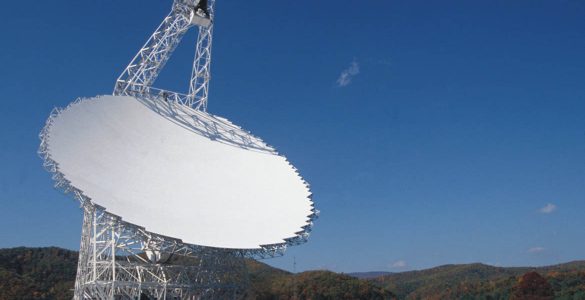
The last of 2,004 aluminum surface panels was recently installed on the GBT’s two-acre (100 m x 110 m) collecting dish. The telescope is located at NRAO’s Green Bank site, in rural Pocahontas County, West Virginia.
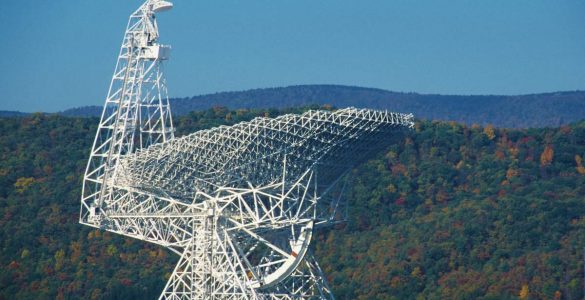
In Socorro, New Mexico, the observatory will celebrate the 20th anniversary of its famed Very Large Array (VLA), and in Green Bank, West Virginia, officials will formally dedicate the new Green Bank Telescope (GBT), the world’s largest fully-steerable dish antenna.
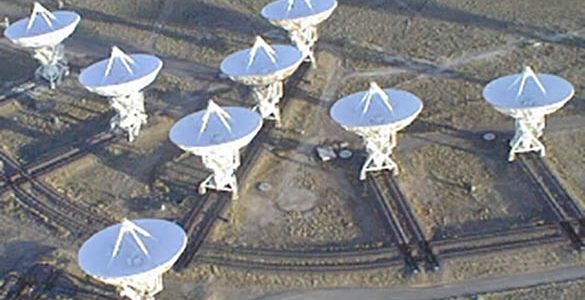
A project to expand the National Science Foundation’s famed Very Large Array radio telescope has received strong endorsement from a prestigious national panel of astronomers given the task of setting priorities for astronomical projects in the next decade.
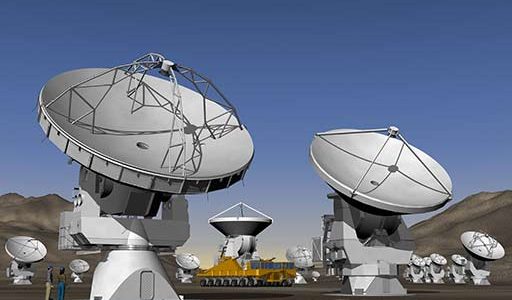
A distinguished panel of scientists today announced their support for the continued funding of the Atacama Large Millimeter Array Project at a press conference given by the National Academy of Sciences.
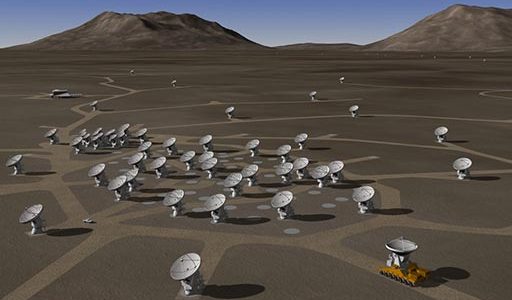
The US and European partners in the Atacama Large Millimeter Array project have awarded contracts to US and Italian firms, respectively, for two prototype antennas.

The National Radio Astronomy Observatory will close down its millimeter-wavelength telescope on Kitt Peak, Arizona, in July 2000, Director Paul Vanden Bout announced today.

Two hundred astronomers from around the world will meet in Washington, DC on October 7 and 8 to discuss exciting new science to be done with the Atacama Large Millimeter Array (ALMA).
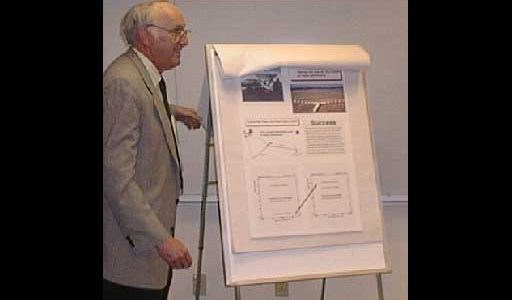
Scientists and engineers at the National Radio Astronomy Observatory (NRAO) have made a giant leap toward the future of radio astronomy by successfully utilizing the Very Large Array (VLA) radio telescope in conjunction with an antenna of the continent-wide Very Long Baseline Array (VLBA) using the longest fiber-optic data link ever demonstrated in radio astronomy.
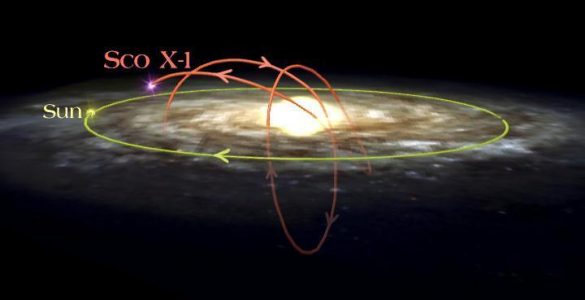
The discovery of microquasars within our own Milky Way Galaxy has won two astronomers a prize from the High Energy Astrophysics Division of the American Astronomical Society.
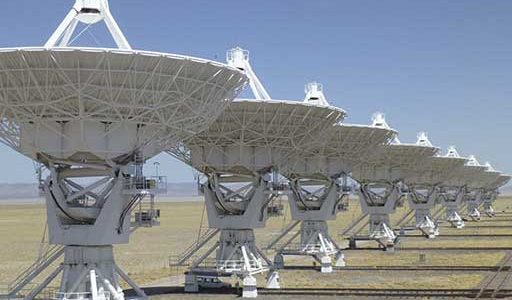
A VLA upgrade proposes an essentially new instrument, created from two existing instruments, with power and capability far exceeding that of either one alone.





